Species Photo Gallery for Alebra aurea No Common Name 52 |
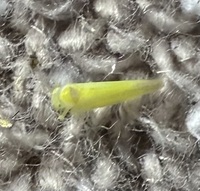 | Photo by: Marilyn Westphal, Becky Elkin, Jim Petranka
Henderson Co.
Comment: Attracted to UV light sheet | 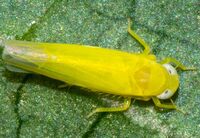 | Photo by: Scott R Bolick
Forsyth Co.
Comment: |
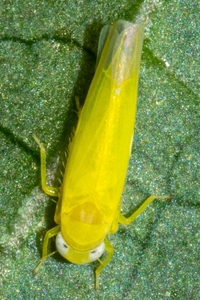 | Photo by: Scott R Bolick
Forsyth Co.
Comment: | 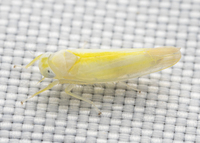 | Photo by: Solomon Hendrix
Wake Co.
Comment: attracted to light |
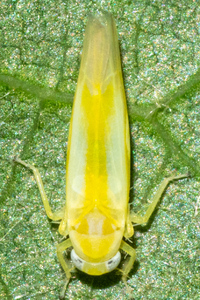 | Photo by: Scott Bolick
Wilkes Co.
Comment: | 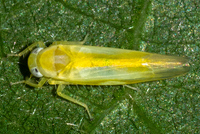 | Photo by: Scott Bolick
Wilkes Co.
Comment: |
 | Photo by: Scott Bolick
Wilkes Co.
Comment: |  | Photo by: Ted Wilcox
Watauga Co.
Comment: unid_leafhopper |
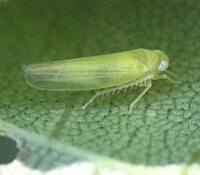 | Photo by: Ted Wilcox
Watauga Co.
Comment: unid_leafhopper |  | Photo by: Ted Wilcox
Watauga Co.
Comment: unid_leafhopper |
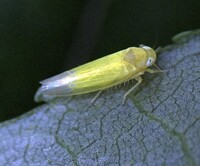 | Photo by: Ted Wilcox
Watauga Co.
Comment: unid_leafhopper |  | Photo by: Ted Wilcox
Watauga Co.
Comment: unid_leafhopper |
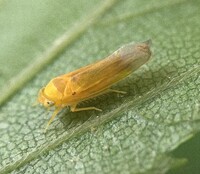 | Photo by: Ted Wilcox
Watauga Co.
Comment: unid_leafhopper | 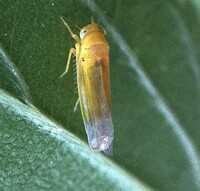 | Photo by: Ted Wilcox
Watauga Co.
Comment: unid_leafhopper |
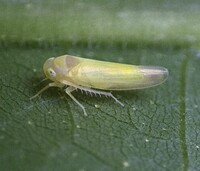 | Photo by: Ted Wilcox
Watauga Co.
Comment: unid_leafhopper | 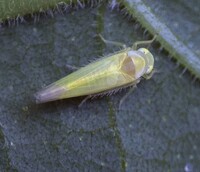 | Photo by: Ted Wilcox
Watauga Co.
Comment: unid_leafhopper |
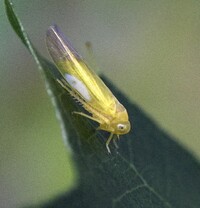 | Photo by: Ted Wilcox
Watauga Co.
Comment: unid_leafhopper | 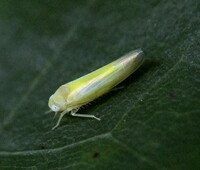 | Photo by: Ted Wilcox
Watauga Co.
Comment: unid_leafhopper |
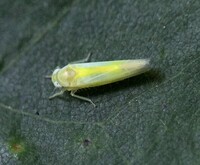 | Photo by: Ted Wilcox
Watauga Co.
Comment: unid_leafhopper |  | Photo by: Ted Wilcox
Watauga Co.
Comment: unid_leafhopper |
 | Photo by: Ted Wilcox
Watauga Co.
Comment: unid_leafhopper |  | Photo by: Ted Wilcox
Watauga Co.
Comment: unid_leafhopper |
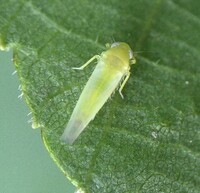 | Photo by: Ted Wilcox
Watauga Co.
Comment: unid_leafhopper | 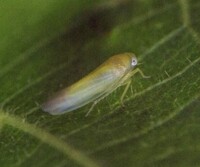 | Photo by: Ted Wilcox
Watauga Co.
Comment: unid_leafhopper |
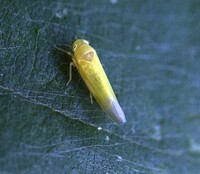 | Photo by: Ted Wilcox
Watauga Co.
Comment: unid_leafhopper | 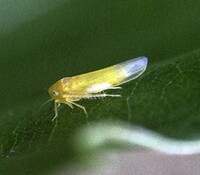 | Photo by: Ted Wilcox
Watauga Co.
Comment: unid_leafhopper |
 | Photo by: Ted Wilcox
Watauga Co.
Comment: unid_leafhopper | 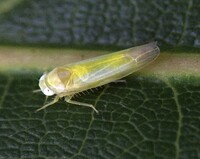 | Photo by: Ted Wilcox
Watauga Co.
Comment: unid_leafhopper |
 | Photo by: Ted Wilcox
Watauga Co.
Comment: unid_leafhopper | 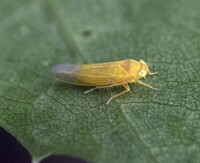 | Photo by: Ted Wilcox
Watauga Co.
Comment: unid_leafhopper |
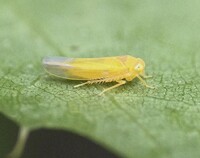 | Photo by: Ted Wilcox
Watauga Co.
Comment: unid_leafhopper |  | Photo by: Ted Wilcox
Watauga Co.
Comment: unid_leafhopper |
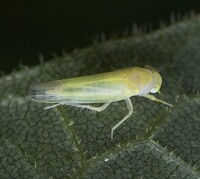 | Photo by: Ted Wilcox
Watauga Co.
Comment: unid_leafhopper | 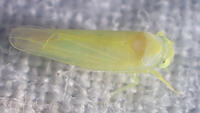 | Photo by: tom ward
Buncombe Co.
Comment: |
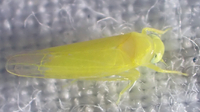 | Photo by: tom ward
Buncombe Co.
Comment: | 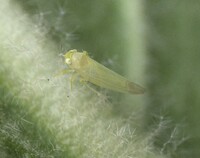 | Photo by: Ted Wilcox
Watauga Co.
Comment: unid_leafhopper |
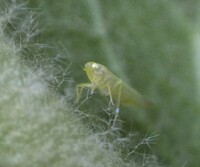 | Photo by: Ted Wilcox
Watauga Co.
Comment: unid_leafhopper | 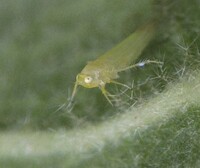 | Photo by: Ted Wilcox
Watauga Co.
Comment: unid_leafhopper |
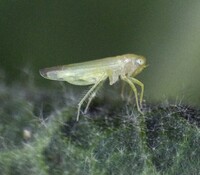 | Photo by: Ted Wilcox
Watauga Co.
Comment: unid_leafhopper | 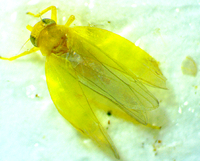 | Photo by: Ken Kneidel
Mecklenburg Co.
Comment: 3.5 mm male stuck in goo on a tree band on Willow Oak |
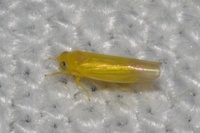 | Photo by: Scott Bolick
Forsyth Co.
Comment: Attracted to wide spectrum growlight | 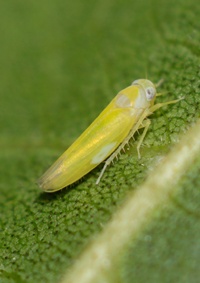 | Photo by: Scott Bolick
Forsyth Co.
Comment: |
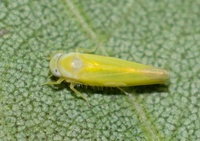 | Photo by: Scott Bolick
Forsyth Co.
Comment: | 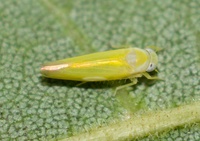 | Photo by: Scott Bolick
Forsyth Co.
Comment: |
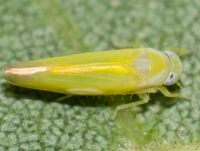 | Photo by: Scott Bolick
Forsyth Co.
Comment: |  | Photo by: Kyle Kittelberger, Paul Scharf, Brian Bockhahn
Ashe Co.
Comment: Dr. Hamilton's comments, "Probably A. thoracica, but to be sure one needs to make careful measurements of the proportions of head and thorax in exact dorsal aspect". |
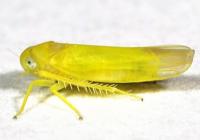 | Photo by: Rob Van Epps
Mecklenburg Co.
Comment: Came to UV light in back yard. |  | Photo by: Randy L Emmitt
Orange Co.
Comment: |
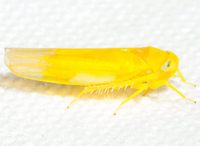 | Photo by: Ken Childs
Out Of State Co.
Comment: |  | Photo by: Paul Scharf
Warren Co.
Comment: Attracted to Black Light and stayed throughout the day. |
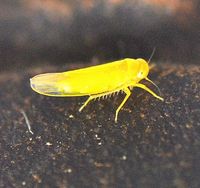 | Photo by: Paul Scharf
Warren Co.
Comment: Attracted to Black Light and stayed throughout the day. | 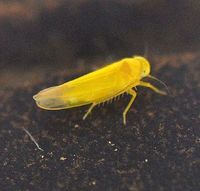 | Photo by: Paul Scharf
Warren Co.
Comment: Attracted to Black Light and stayed throughout the day. |
|

 »
»

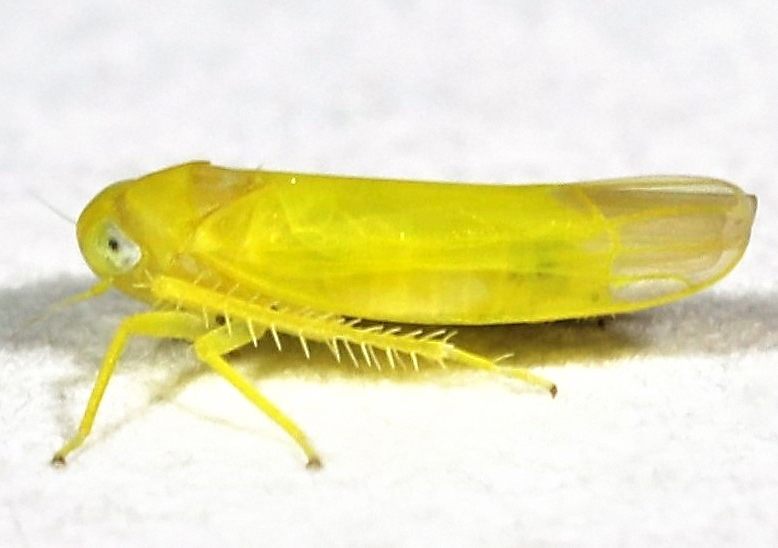


 »
»


